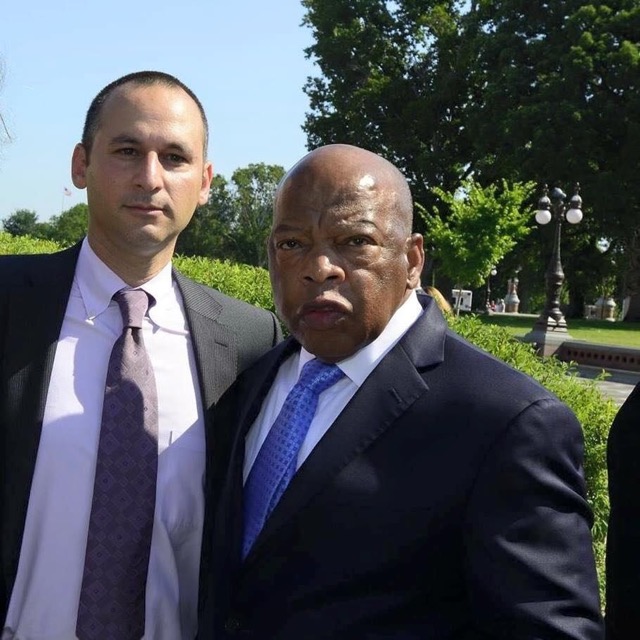What do we do now? That is the question I have been asked more than any other over these past few days. This
coming Thursday we will come together for a webinar discussion to talk about what the Trump administration will
hold for Israel-Palestine peacebuilding work. Our Director of Government Relations, Madeleine Cereghino, will join
me, and we’ll dig into policy-- looking at possible executive actions, legislation, appointments, and more. We’ll
talk about the UN and about whether Trump might actually pressure Netanyahu in some way. There is much to say and
more to be done as we re-calibrate our efforts and refocus our energies to address the new political
reality.
But that’s not what people have been asking me this week. This week the questions have been more along the lines of “how do we keep going”, “is there any point in this now”, and “is there any hope for peace”?
My answer to all three questions is the same: There is no other option. There is no other choice. There is no choice but to keep going, to keep working, to keep struggling for peace. There is no option besides keeping our heads high and our view on our north star, justice. And there is always hope. There is always a path to a better future. Our job, particularly in times of discord and disappointment, is to be the keepers of that hopeful future. I say this not because I believe it to be close at hand or easily achieved. But exactly because it may not be, and thus it is essential that we use our voices, our bodies, our being, to protect and nurture that hope and that better future.
In a Voice of America broadcast on Nov. 11, 1951, Eleanor Roosevelt said, “It isn't enough to talk about peace. One must believe in it. And it isn’t enough to believe in it. One must work at it.”
We are here to work at peace. But in order to do so, and in order to bring together the community of peacemakers, we need to hold onto that belief in peace. And in conversation after conversation this week that I have had with friends and colleagues we have gone through the same process. Sadness, fear, anger, all the emotions that so many people are feeling right now. But then, once we get to the “what do we do now” part of the conversation, the tone shifts. Drooped heads lift back up. Teary eyes are dried. Shaky voices find their ground.
Many of you know that one of my personal heroes and inspirations is the great John Lewis.

On the first day of the new Congress in 2017, right after Trump was elected the first time, I had the chance to meet with Congressman Lewis. I asked him if he, like so many of us, had spent the Congressional recess mourning the election results. He raised his eyebrow at me and said “son, I don’t have time for that. There are people that need help and it is my job to help them.”
I think about that conversation (and Congressman Lewis) a great deal. There was a man who knew struggle, pain and loss firsthand. And he was certainly not immune to feeling the impacts. But in many conversations that I was blessed to have with him over the years, he never let those things rule his actions and he always focused not on challenges and obstacles, but on what can and must be done.
And that is what I see in all of our eyes once we lift up our heads. That is what you will hear from me as we walk forward together. We do not have easy answers at hand nor fast solutions. But we do have the most important things. We have a commitment to never waiver in our struggle for peace. We have an unwavering love of justice. And we have each other, a community that will stand together, work together and believe together in what is ultimately, the only true option, a better and more peaceful future.
And so, onward together,
Hadar